Any cottage or garden plot should look attractive. Often it is the main goal of the owners who only purchased the territory or plan the construction of a country house. Of course, to achieve the above goal, it is necessary to have a sufficient number of construction resources, free space, as well as considerable desire. Surprisingly, even the most insignificant details at first glance may be extremely important in the process of transfiguration of the site.
In this case, we will talk about the paving paths on the site. For many, this process may seem extremely elementary, but even this occupation is often the main problem for the owners. The thing is that today there are tremendous many materials and ideas that can be implemented on a particular site. Sometimes it is extremely difficult to determine what material to choose for paving tracks, and sometimes the soil does not most best suitable for work.
In this article we will try to disassemble the basic details related to the choice of material for paving, as well as important issues that often occur when creating tracks. Ultimately, having studied the information provided, even people without the slightest experience will be able to create a track in this area.
Dimensions and location tracks
It should be noted that it is often on the sites of the hosts just protruding paths. This is the best option, and it is especially justified if the specific territory is not for recreation, but for growing vegetables.
If we have a major cottage plot, you should pay attention to the creation of full tracks, which, with the right approach, they will serve at least several decades.
Often, there are quite modest on the dimensions of the track, and they are needed solely for the movement of people. If the territory is too large, and cars can pass, it makes sense to create a full-fledged asphalt road. However, in this article we will consider exactly the second option.
For conventional movement over a small area, 0.7 M track width is sufficient. In this case, you can comfortably move around the site, and even without any problems to break with another person, who also goes on the road. There are not many building materials on such a track, especially if the site itself has a small area.
In order to save on materials, many owners create only one straight track along the site, and all the necessary branches on the territory are based on ordinary paths. It is also an exception, and the main track will be the best way to decorate the site, whatever it is.
Creating a Future Walk Plan
Before starting the power process, or some other events, you need to create a detailed plan of the future track. For this you need to have a plan plan, on the basis of which we will create sketches. Accordingly, we will see where the most good place to pave the track, and what problems may arise if we created a track in a particular sector of the site.
It is based on a detailed plan that the most appropriate width of the track should be installed. After that, it is necessary to create appropriate markup on the site itself. First of all, we are talking about the fact that with visual inspection of the territory, some problem areas may be discovered, on the basis of which it is impossible to fully determine. This, for example, there may be loose soil, or a huge stone that can not be just shifted. In addition, at a certain point of the section there may be trees that interfere with the process. At this stage, you need to make sure whether there is no interference to this process, and if necessary, eliminate them, or simply dismiss the future track. With the help of stakes and ropes, you need to create the markup of the future track so that no deviations have no deviations.
You also need to pay attention to the following points:
- At the planning stage, it is necessary to approximately decide whether there is a financial opportunity to carry out all these works, since it is often worth the cost of such events high enough. However, there are also inexpensive paving materials.
- Landscaping design. Most often, the owners create tracks that are part of the common land landscape. In this case, it is necessary to either use the services of a designer, or on our own forces to analyze the external component of the site and make some conclusions. If the track will be knocked out of the common landscape design, the common style of the territory may be tasteless, or just too unusual.
Selection of material to create a track
The correct choice of material is the most important part of the process, since it is precisely from this that the appearance of the site depends, as well as the reliability of the coating. First of all, the choice of material should be based on the reliability of the construction resource, and only after that you can think about savings and similar issues.
- Concrete. It is this material that is the fiscal resource for paving. It should also be noted that it is also a reliable option to create a track. With the help of some tricks, the most ordinary concrete without any problems becomes almost eternal material. You can simply pour concrete to the surface, and you can use special forms that will allow you to create an attractive setting on the site. The most important thing is to pay attention to the quality of concrete. In most cases, the owners themselves create a concrete mix, while not having experience in this matter. Accordingly, it makes sense to use the services of professionals. Further in the material, we will look at the main subtleties of creating concrete tracks.
- Wood materials. Wood tracks are rare enough, and this is due to the short-life of materials. Despite this, there are a lot of options, with the help of which the wood path will serve for decades. It may be, for example, a speech logs, compressed wood resources. At the same time, without the necessary processing, any wood material will come into disrepair very quickly. Thus, if you decide on the wood material for the tracks, you need to immediately purchase protective impregnations and other resources. As for the breeds of trees that are most suitable for paving tracks, experts recommend using aspen, oak, alder, as well as other deciduous trees.
- Tile (blocking). Of course, the ceramic tile is extremely rarely used for such cases, but there are many other options for this product. It is through tile that it is possible to create the most aesthetic path within the country area. A paving slave, in turn, is the most durable and durable material, which has established itself in construction from the best side. Unlike concrete material, the laying of the tile is carried out much easier.
- A natural stone. Natural stone is an inexpensive option, however, in the case of the creation of a track, we will need a lot of natural material, and a sufficiently impressive size. Accordingly, in such conditions, stone suppliers can request a lot of money, as the largest stone is always more expensive. If you want to save, you need to get a small material, and it is that they can be covered with a path. For movement on the site it is also a very good option.
Tools and resources required for paving track
Most often for the pavement process, you need the following list of tools:
- rubber hammer;
- building level;
- roulette;
- cord;
- planer and knife;
- spatulas;
- shovel;
- rule.
In some cases, it will not be external grinding machine, as well as vibration equipment.
It is necessary to take care of the presence of all the necessary tools in the presence, since it may be serious problems directly during paving. It is best to discuss this issue with a professional who will give delivel tips.
Creating a concrete track (from paving slabs)
As we said, a concrete track is the best option for most country sites. The process consists of the following steps:
- After the markup, which was mentioned at the very beginning, you need to dig a trench on the width of the track. Its depth should be about 15 cm. The sand layer is stacked on top, the thickness of which should be 5 cm.
- On the bokes of the trench, it is necessary to put the formwork components, it can be an old linoleum (preferably in an acceptable condition), or rubberoid.
- Now it's time to create reinforcement. To begin with, there are broken bricks or a stone on the surface of the sand, and the reinforcing surface is placed on top of this layer, which consists of a metal mesh.
- Next, for the pouring of concrete, you can use forms, or simply filling the material created by the material.
Concrete is gaining strength for a very long time, so there is a lot of time before using the track.
Putting wood and stone tracks
- As in the case of a concrete surface, it will take a small recess (up to 30 cm). The surface must be carefully tamped, as well as remove the roots and stones.
- To create a drainage layer, we will need rubbing of the middle fraction, which is filled with approximately half the depth of the above space. The surface is abundantly wetted with water.
- After that, a layer of cement mortar is created, and its thickness should be approximately 10 cm. In the case of wood laying instead of cement, a sand layer can be used.
- After laying a stone, we will need concrete. With it, the space is filled between natural material. It is necessary to be particularly attentive, since any emptiness in concrete will negatively affect the final result of the paving. When laying wood, it should be borne in mind that the material must be in advance processed protective impregnations. The lower part of the tree can be treated with bitumen. The gaps between the wood materials can be filled with the chernozem, and already sow the lawn in these intervals, which will uniquely decorate the plot.
Creating a tile track
- Again, the base is created, the depth of which is about 20 cm. The bottom is trambed and geotextiles are laid out.
- On the edges of the trench, peculiar lighthouses are created. These are boards that are needed to align the tracks. It is necessary to "drown" them into the ground so that the tile lay as exactly as possible.
- A small slope of the site is created on which power will occur. For this, the construction level is used, and the angle of the slope necessary for optimal operation can be 1 cm.
- Now the sandy layer is created in front of the rubble, on top of which the tile is stacked. To increase clutch with a surface instead of sand, you can use cement.
- For reliable paving, the tile uses a rubber hammer, with which the layer is tamped.
- After we laid the tile, you need to fill the space between the material of the sand mixture with the cement. For this case, a metal brush is used.
The remaining details of the process
It is also necessary to remember the fact that the conditions of paving paths can seriously change depending on which construction resource we use. The bottom line is that one or another tile made in the enterprise may have sufficiently unusual properties. Therefore, for example, it may be necessary more cement mixture or thicker of the sand layer.
Such situations where the owners choose not the volume of the material or use not those devices, they happen very often, therefore, if there are some doubts, it is necessary to ask a question to a professional. Most often in building supermarkets, you can get all the necessary information on this topic. It is worth remembering that even the pavement of the track is an element process, which in the event of failures leads to considerable financial damage.

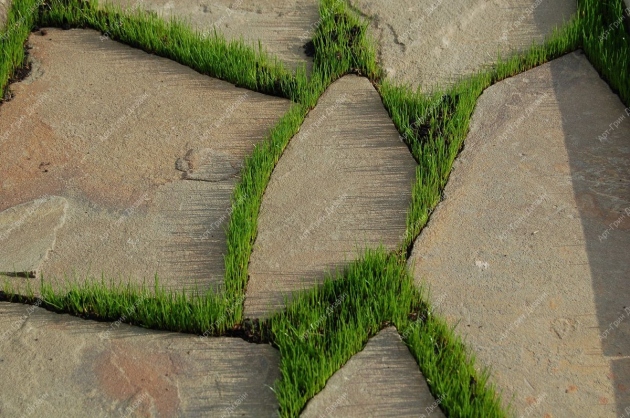

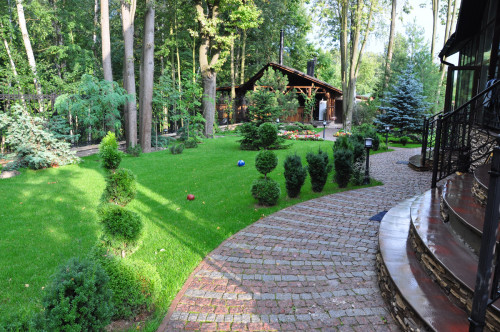
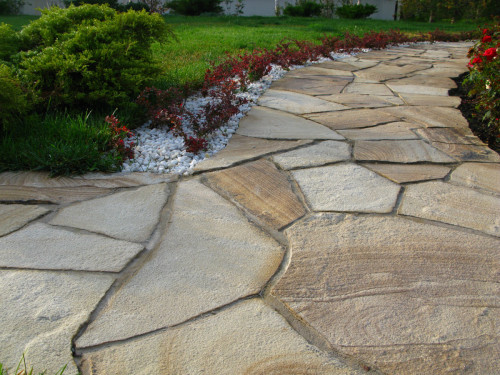
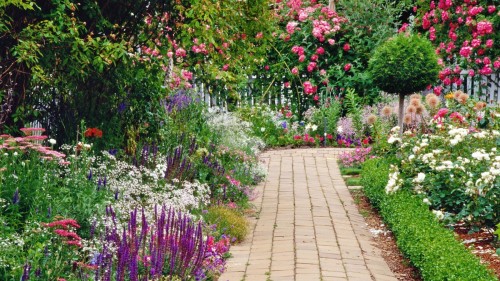









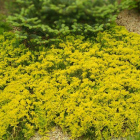

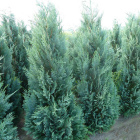
 Start a discussion ...
Start a discussion ...